The C Programming Language
History of C and three books to help you master modern C23.
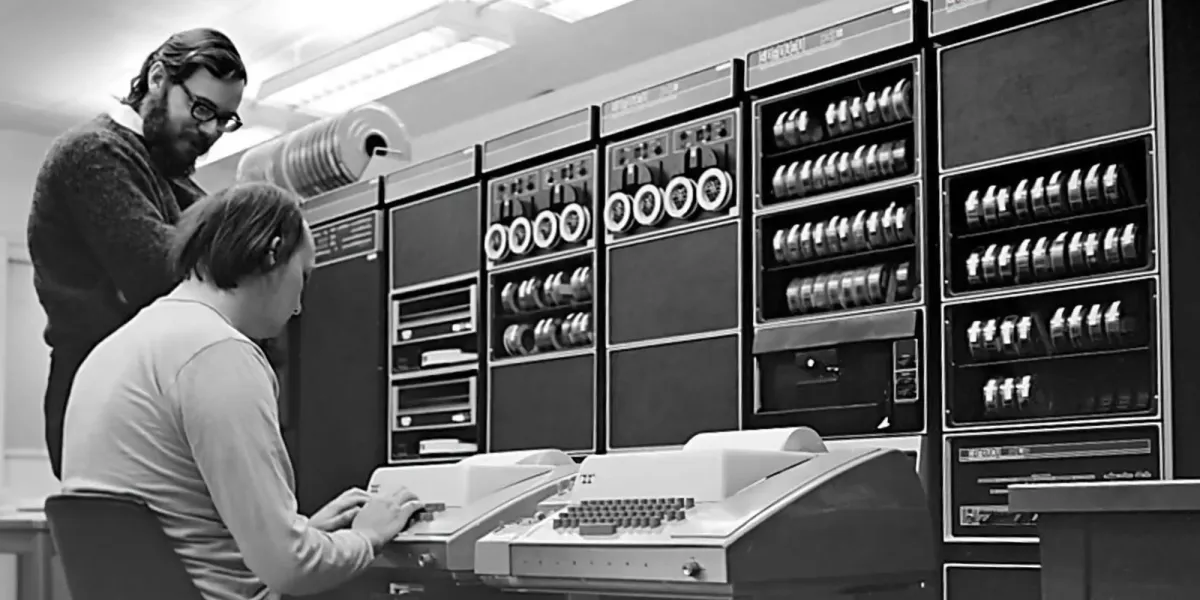
I began learning software development in 2006, and my very first programming language was C. Over the years, I've worked with many languages, but C remains a powerful language that holds its place alongside C++, Python, and Rust.
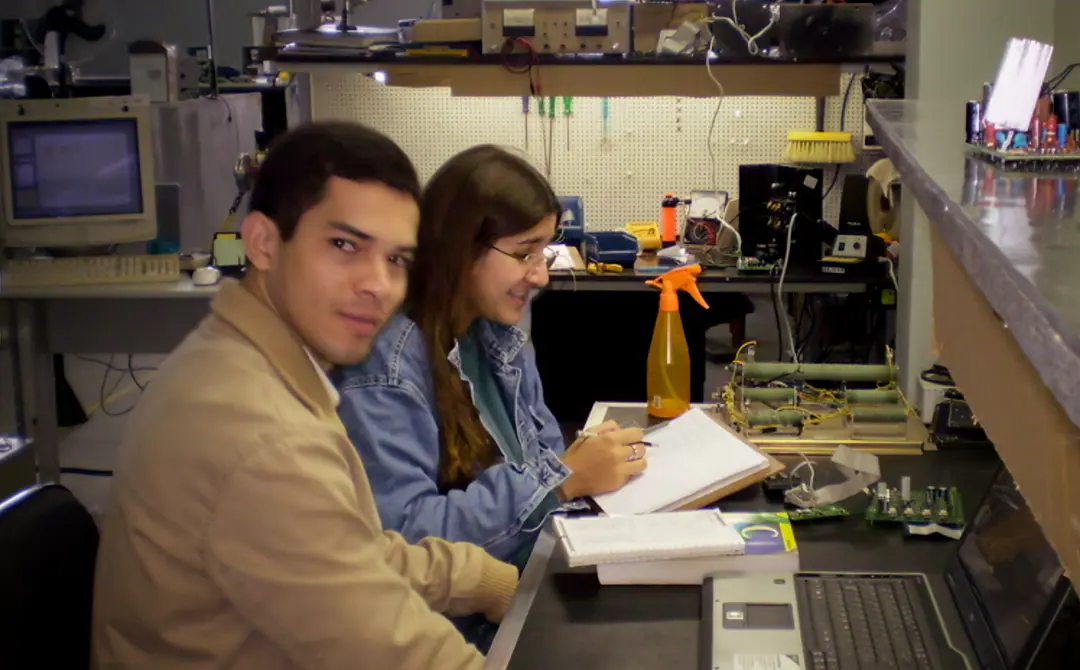
C is not too complicated to learn, and if you already grasp the foundations of programming logic, you can learn it in a few weeks. If you are interested in learning it, here are my recommendations for you.
The C Programming Language is the very first book I recommend. It's often called the K&R book, named after its authors Brian Kernighan and Dennis Ritchie.

The K&R book is responsible for introducing the culture of "Hello, world!" when learning a new language, so every new book about a programming language uses it to introduce the language.
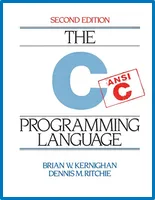
The C Programming Language,
Second Edition
by Brian W. Kernighan and Dennis M. Ritchie
Released: March 1988
Publisher: Pearson
ISBN: 9780133086249
While The C Programming Language is a timeless classic for teaching the core concepts of C, it primarily covers the original ANSI C standard C89/C90 and doesn't include features introduced in later standards like C99 or the modern advancements in C11, C17, and C23. So, you should use it as a foundational text and supplement it with a modern book to learn contemporary C programming practices.
Now, if you're serious about learning C, my next suggestions would be Modern C by Jens Gustedt and Effective C by Robert Seacord, in that order.
The book Modern C, is a comprehensive guide to the C23 standard, covering the language features themselves, while Effective C, focuses on writing robust, secure, and safe code leveraging modern C practices and C23 features.
In my opinion, both books complement each other and will help you become a more confident C programmer.
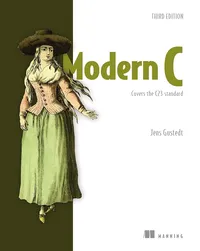
Modern C, Third Edition
by Jens Gustedt
Released: August 2025
Publisher: Manning
ISBN: 9781633437777
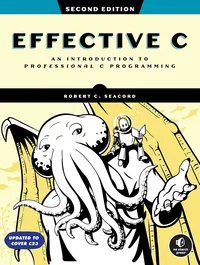
Effective C, Second Edition
by Robert C. Seacord
Released: September 2024
Publisher: No Starch Press
ISBN: 9781718504127
History of C Programming Language
During the 1940s and 1950s, computers were programmed directly in machine code, which was represented by long sequences of numbers. For instance, a simple code to sum 3 and 5 might look like this:
; Load the value 3 into the AL register
10110000 00000011
; Load the value 5 into the BL register
10110011 00000101
; Perform the addition (AL = AL + BL)
00000000 11011000To make life easier, assembly language appeared in the mid-1950s with symbolic mnemonics like MOV and ADD, which replaced raw binary instructions, allowing us to sum 3 and 5 in a simpler way:
; Load the value 3 into the AL register
MOV AL, 03h
; Load the value 5 into the BL register
MOV BL, 05h
; Perform the addition (AL = AL + BL)
ADD AL, BLBy the early 1960s, high-level languages like Fortran (Formula Translation) and Algol (Algorithmic Language) emerged, allowing programmers to write more human-readable code that was then compiled into assembly. Here is a simple code to sum 3 and 5 in Algol:
INTEGER a, b, sum;
a := 3;
b := 5;
sum := a + b;In 1966, at the University of Cambridge, Martin Richards introduced BCPL (Basic Combined Programming Language). Its purpose was to create a portable, simple language for writing compilers and system software, tasks that high-level languages like Fortran and Algol weren't suited for. BCPL was typeless and every value was a machine word, offering better low-level flexibility than Algol's rigid type-checking system. Here is an example to sum 3 and 5 in BCPL:
LET A = 3
AND B = 5
AND SUM = 0
SUM := A + BBy 1969, at Bell Labs, Ken Thompson began developing the core of the UNIX operating system on a resource-limited PDP-7 minicomputer. The initial system was written in assembly language. Thompson soon needed a higher-level language but found the existing BCPL too large for the PDP-7's limited memory.
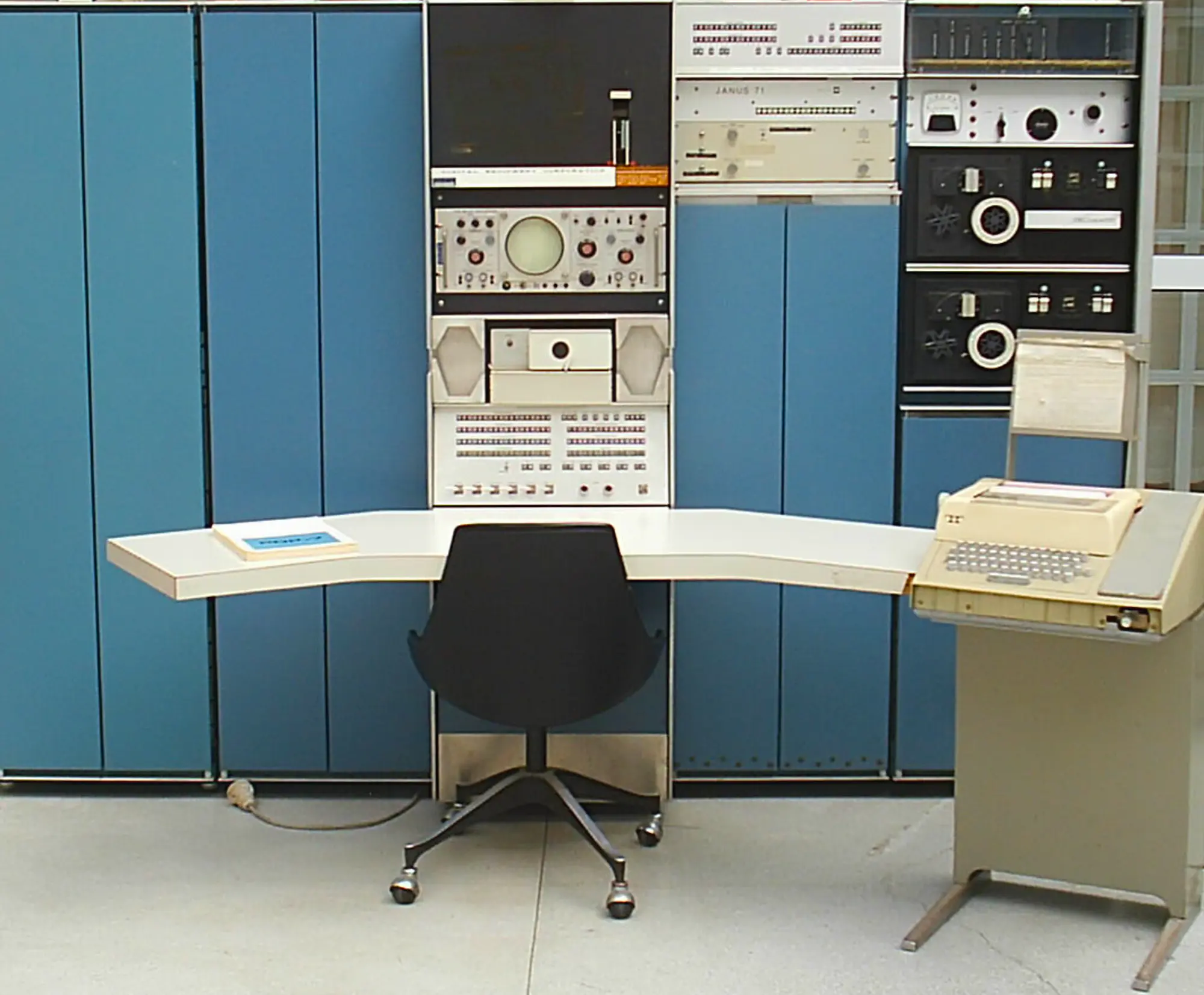
To overcome the PDP-7 memory limitation, Thompson created a simplified version of BCPL and named it the B language (after the first letter of BCPL), making it compact enough for minicomputers like the PDP-7. However, like its predecessor, B was typeless, which limited its usefulness as systems became more complex. Here is an example to sum 3 and 5 in B:
a = 3;
b = 5;
sum = 0;
sum = a + b;In 1972, Dennis Ritchie developed C language on the PDP-11, a more powerful machine. C kept the simplicity of B but introduced data types, structures, and more powerful operators. This gave programmers both low-level control (close to the machine like assembly) and high-level expressiveness (like Algol or Fortran).
With C, UNIX was rewritten for the PDP-11, proving the language's power and portability. From that point on, C became the foundation for much of modern computing. Here is how to sum 3 and 5 in C:
int a = 3;
int b = 5;
int sum;
sum = a + b;Master modern C: Your next steps
I'm always fascinated with C, a simple and powerful language created for UNIX that became the powerhouse behind Linux, MySQL, and even games like Doom. Its legacy proves it's still the most reliable choice when performance, control, and efficiency are non-negotiable.
I believe you won't regret learning the C programming language. While the classic K&R provides a priceless foundation, mastering modern C requires embracing the advancements in books like Modern C and Effective C. By combining the low-level control of C with modern C23 safety features, you ensure your skills are relevant and future-proof.
Ready to build? Connect with me
If you found this exploration about C and book recommendations valuable, let's keep the conversation going! I post deep dives into programming languages, security best practices, and the history of computing.
Subscribe to my blog for free to get notified when I publish new content.
What's your favorite classic or modern C feature? Share your thoughts in the comments below!
